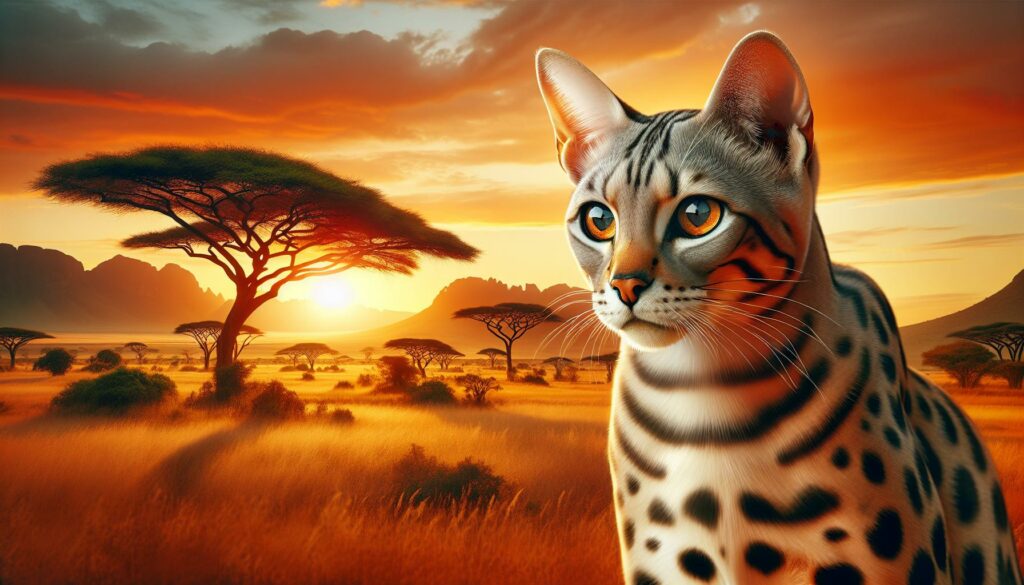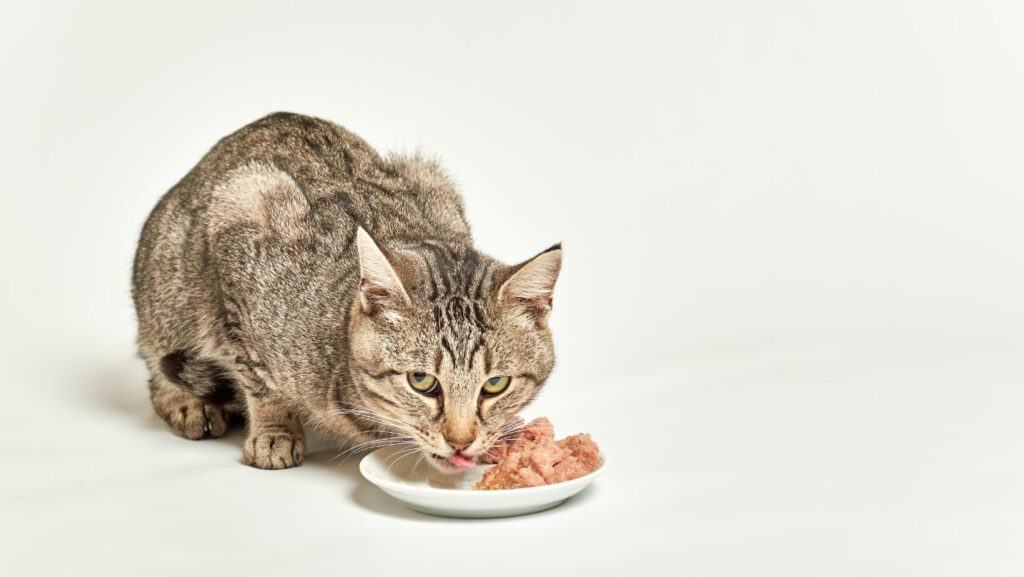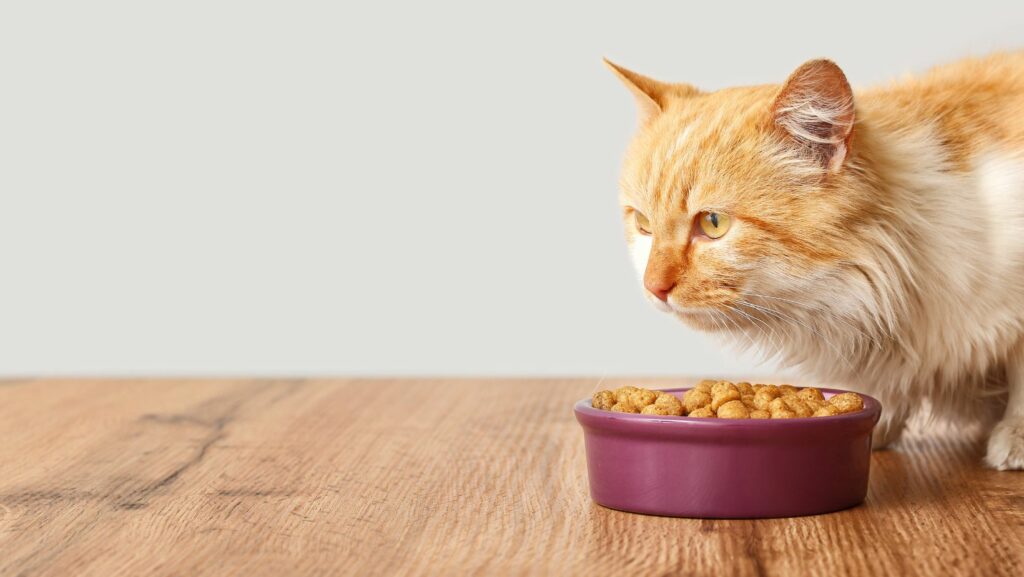As a cat lover and breed enthusiast, I’ve always been fascinated by the unique and exotic felines that originate from Africa. The continent’s diverse landscapes and climates have produced some of the most striking and distinctive cat breeds in the world.
From the elegant Egyptian Mau to the wild-looking Serengeti, African cat breeds showcase an incredible range of characteristics that set them apart from their domestic counterparts. I’ll take you through these remarkable breeds that combine the untamed spirit of their ancestral homeland with the loving nature of household pets. While some of these cats maintain strong genetic links to their wild African relatives, they’ve evolved into affectionate companions that bring a touch of the savanna into our homes.
Key Takeaways
- African cat breeds include three main recognized breeds: Egyptian Mau, Abyssinian, and Somali, each with distinctive characteristics rooted in their African heritage.
- The Egyptian Mau stands out as the fastest domestic cat breed, reaching speeds up to 30 mph, while featuring unique spotted coat patterns in silver, bronze, or smoke colors.
- Abyssinians and Somalis share similar genetics, with Somalis being the longhaired variant, both displaying ticked tabby coats with multiple color bands on each hair shaft.
- These breeds require varying grooming needs – from minimal maintenance for Abyssinians to more frequent brushing for Somalis, with specific health considerations for each breed.
- African cat breeds typically cost between $600-$1,500 to purchase, with annual care costs ranging from $700-$1,200, making them a significant long-term investment.
- These breeds exhibit high energy levels and intelligence, requiring dedicated daily play sessions and mental stimulation to maintain their physical and emotional well-being.
African Cat Breeds
Africa’s diverse landscapes have produced three distinct cat breeds recognized by major cat registries worldwide. These breeds showcase unique physical traits linked to their geographical origins.
Egyptian Mau
The Egyptian Mau originates from North Africa’s ancient civilizations dating back 4,000 years. This medium-sized breed features a distinctive spotted coat pattern in silver bronze or smoke colors. The Mau’s athletic build enables speeds up to 30 mph making it the fastest domestic cat breed.
| Egyptian Mau Characteristics | Details |
|---|---|
| Average Weight | 6-14 pounds |
| Life Expectancy | 12-15 years |
| Pattern Types | 3 (Silver Bronze Smoke) |
| Top Speed | 30 mph |
Abyssinian
The Abyssinian traces its roots to Ethiopia’s highlands with documentation from the 1800s. These cats display a ticked tabby coat where individual hairs contain 4-6 bands of color. Their almond-shaped eyes green or gold colors complement their distinctive ruddy copper cinnamon or fawn coats.
| Abyssinian Characteristics | Details |
|---|---|
| Average Weight | 8-12 pounds |
| Color Variations | 4 (Ruddy Copper Cinnamon Fawn) |
| Hair Bands per Strand | 4-6 bands |
| Origin Date | circa 1868 |
Somali
The Somali emerged as a longhaired variant of the Abyssinian in the 1960s. This breed maintains the Abyssinian’s body structure but features a full fluffy tail plume-like ruff around the neck. Their coat exhibits the same ticked pattern in sorrel blue fawn colors with a distinctive fox-like appearance.
| Somali Characteristics | Details |
|---|---|
| Average Weight | 6-10 pounds |
| Coat Length | Medium-long |
| Color Options | 4 (Ruddy Sorrel Blue Fawn) |
| Recognition Year | 1979 |
Physical Characteristics of African Cats
African cat breeds showcase distinctive physical traits shaped by their wild ancestry and natural adaptation to diverse African environments. These characteristics range from spotted coats to muscular builds, reflecting their evolutionary heritage.
Distinctive Features
African cats display unique coat patterns that set them apart from other domestic breeds:
- Spotted patterns in Egyptian Maus featuring random spots across the body
- Ticked tabby coats in Abyssinians with bands of color on each hair shaft
- Somalis’ fox-like appearance with their semi-long fur and plumed tails
- Almond-shaped eyes in brilliant shades of green gold or amber
- Distinct facial markings including the “”M”” pattern on foreheads
- Large pointed ears with prominent ear tufts
Size and Build
African cat breeds maintain athletic bodies suited for agility and strength:
| Breed | Weight Range (Males) | Weight Range (Females) | Height Range |
|---|---|---|---|
| Egyptian Mau | 10-14 lbs | 6-10 lbs | 8-10 inches |
| Abyssinian | 8-10 lbs | 6-8 lbs | 8-10 inches |
| Somali | 9-12 lbs | 6-9 lbs | 9-11 inches |
- Medium-sized muscular frames optimized for jumping
- Long slender legs with oval-shaped paws
- Graceful necks supporting wedge-shaped heads
- Deep chest cavities providing enhanced lung capacity
- Strong shoulder blades enabling swift movement
- Flexible spines contributing to exceptional agility
Temperament and Personality Traits
African cat breeds exhibit distinct personality characteristics that reflect their wild heritage while maintaining the companionable nature of domestic cats. These breeds combine intelligence with an active disposition, creating unique behavioral patterns that set them apart from other domestic cats.
Social Behavior
Egyptian Maus demonstrate strong bonds with their chosen family members while remaining cautious around strangers. Abyssinians excel in social situations, displaying friendly interactions with visitors, children, and other pets. Somalis share the Abyssinian’s sociable nature but show more pronounced independence in their relationships. These breeds communicate through:
- Chirping sounds to express excitement or greetings
- Gentle head bumps to show affection
- Tail positions that signal mood changes
- Interactive play sessions with family members
- Morning bursts of energy with athletic jumps and runs
- Midday exploration of vertical spaces and perches
- Evening interactive play sessions lasting 20-30 minutes
- Nighttime activity peaks mimicking their wild ancestors
| Breed | Daily Active Hours | Exercise Needs | Mental Stimulation Level |
|---|---|---|---|
| Egyptian Mau | 4-6 hours | High | Complex puzzles, tracking toys |
| Abyssinian | 5-7 hours | Very High | Interactive games, agility training |
| Somali | 4-6 hours | High | Climbing activities, puzzle feeders |
Care Requirements for African Breeds
African cat breeds require specific care routines to maintain their health and appearance. Their distinct physical characteristics and genetic predispositions necessitate tailored attention in grooming and health monitoring.
Grooming Needs
African cat breeds display varying grooming requirements based on their coat types. Egyptian Maus need weekly brushing with a soft-bristled brush to remove loose hair and distribute natural oils. Abyssinians maintain their coats with minimal grooming, requiring only bi-weekly brushing sessions. Somalis, with their longer fur, need brushing 3-4 times per week to prevent matting and reduce hairballs. Additional grooming tasks include:
- Trimming nails every 2-3 weeks using cat-specific clippers
- Cleaning ears monthly with veterinarian-approved solutions
- Brushing teeth 2-3 times weekly with cat-specific toothpaste
- Wiping eyes with damp cotton balls to remove debris
Health Considerations
African cat breeds face specific genetic health conditions that require monitoring. Common health concerns include:
- Progressive Retinal Atrophy (affects Abyssinians & Somalis)
- Pyruvate Kinase Deficiency (prevalent in Egyptian Maus)
- Periodontal disease (affects all breeds)
- Patellar luxation (common in athletic breeds)
| Breed | Female Weight | Male Weight |
|---|---|---|
| Egyptian Mau | 6-8 lbs | 8-10 lbs |
| Abyssinian | 6-8 lbs | 8-10 lbs |
| Somali | 6-9 lbs | 9-12 lbs |
Choosing an African Cat as a Pet
Living conditions play a crucial role in selecting an African cat breed. I recommend a spacious home environment with vertical spaces for Egyptian Maus who love climbing high perches. Abyssinians thrive in homes with dedicated play areas spanning at least 100 square feet, while Somalis adapt well to apartments with cat trees reaching 6 feet or taller.
Financial Considerations
The initial investment for African cat breeds ranges significantly:
| Breed | Purchase Price | Annual Care Cost |
|---|---|---|
| Egyptian Mau | $800-$1,500 | $800-$1,200 |
| Abyssinian | $600-$1,200 | $700-$1,000 |
| Somali | $700-$1,300 | $750-$1,100 |
Additional expenses include:
- Premium cat food ($40-60 monthly)
- Regular veterinary check-ups ($200-300 annually)
- Grooming supplies ($150-200 annually)
- Pet insurance ($20-40 monthly)
Time Commitment
African cats require dedicated daily attention:
- Morning play sessions (20-30 minutes)
- Evening interactive games (30-45 minutes)
- Grooming sessions (15-20 minutes)
- Social interaction (2-3 hours)
Family Compatibility
Each breed fits different household dynamics:
- Egyptian Maus bond closely with one person
- Abyssinians interact enthusiastically with children over 6
- Somalis balance independence with family engagement
- All breeds coexist with cat-friendly dogs after proper introduction
- Verify local exotic pet regulations
- Obtain necessary permits ($50-150)
- Register with breed-specific organizations ($25-75)
- Check apartment or housing restrictions
- Confirm veterinary availability for specialized breeds
Domestic Charm
I’ve found that African cat breeds offer a unique blend of wild beauty and domestic charm. From the spotted elegance of Egyptian Maus to the regal grace of Abyssinians and the fluffy allure of Somalis these felines bring something special to any home.
While they require dedicated care and attention their intelligence playfulness and loving nature make them wonderful companions. I believe these magnificent breeds are perfect for cat lovers who want to embrace a piece of Africa’s wild spirit in their everyday lives.
Remember that owning an African cat breed is a long-term commitment that demands proper research understanding and preparation. But for those ready to provide the right environment these extraordinary felines will reward you with years of joy and companionship.


